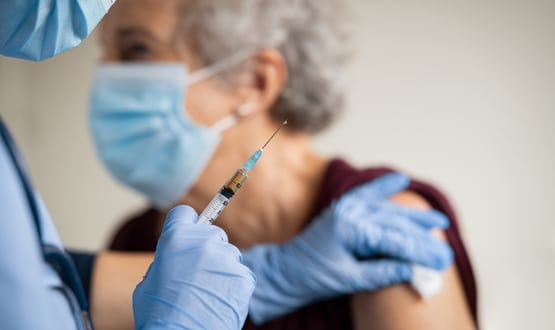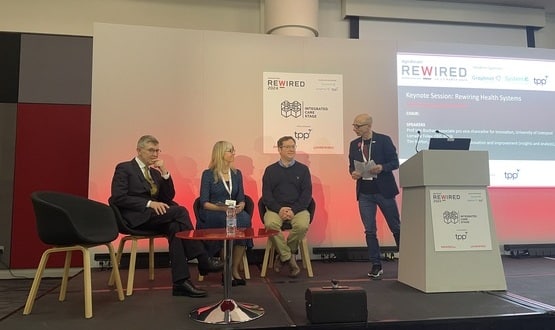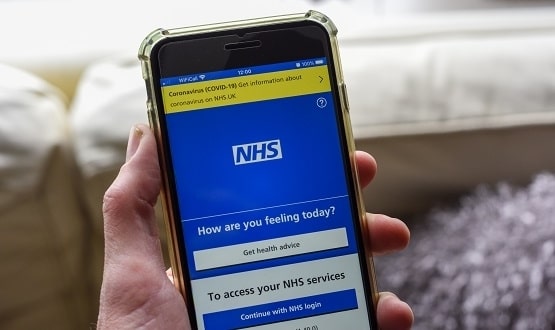New groups which could be at high risk from Covid-19 identified with tech
- 16 February 2021

Technology that can help clinicians identify new groups who could be at high risk of Covid-19 has been introduced in England.
A combination of risk factors based on medical records are assessed by the technology which can then determine whether somebody may be more vulnerable than was previously understood, helping clinicians provide vaccinations more quickly.
Research commissioned by England’s chief medical officer Chris Whitty and funded by the National Institute of Health Research found there are several health and personal factors, such as age, ethnicity and BMI, as well as certain medical conditions and treatments that could mean someone is at a higher risk from Covid-19.
The University of Oxford turned this research into a risk prediction model called QCovid, which has been independently validated by the Office for National Statistics (ONS). NHS Digital then used this model to develop a population risk assessment.
The risk assessment uses the model to predict on a population basis whether adults with a combination of risk factors may be at more serious risk from Covid-19, enabling them to be flagged to clinicians for priority access to vaccination, alongside appropriate advice and support.
These individuals will be added to the Shielded Patient List on a precautionary basis and to enable rapid vaccination.
Sarah Wilkinson, chief executive of NHS Digital, said: “I’m very pleased that NHS Digital has been able to deliver the platform to allow the QCovid model to be used to identify individuals vulnerable to Covid-19 as a result of combinations of clinical risk factors and personal characteristics.
“This extends the work we did last year to develop the Shielded Patients List, which included individuals with one of a number of specific clinical conditions.”
Patients identified through the risk assessment will be sent a letter from NHS England in the coming days explaining that their risk factors identify them as high clinical risk.
They will be invited to receive a Covid-19 vaccine as soon as possible if they haven’t already had the jab, and will be given advice on precautionary measures, including shielding. GPs will also be notified.
The government is also extending the current shielding guidance for all those already identified as clinically extremely vulnerable and new patients identified through the QCovid model until 31 March.
We are the hosts of Digital Health Rewired 2021, the must-attend virtual festival celebrating the best of digital health and care, taking place across 15-19 March 2021. Get a flavour of Rewired 2021 from the video below. You can book your place here





1 Comments
We are seeing examples of this algorithm identifying a few people who clearly should not be in the shielding group and while this may not undermine the overall value of QCovid. it does raise concerns. It also highlighted some data quality issues which will come as no surprise to the authors of QCovid, but which may surprise policy makers who put too much faith in Big Data in ignorance of just how crap a lot of health data is.
Is important we understand where these problems come from and I urge QRearch to open source their algorithm and the code lists it uses for scrutiny by those who understand the source data
Comments are closed.